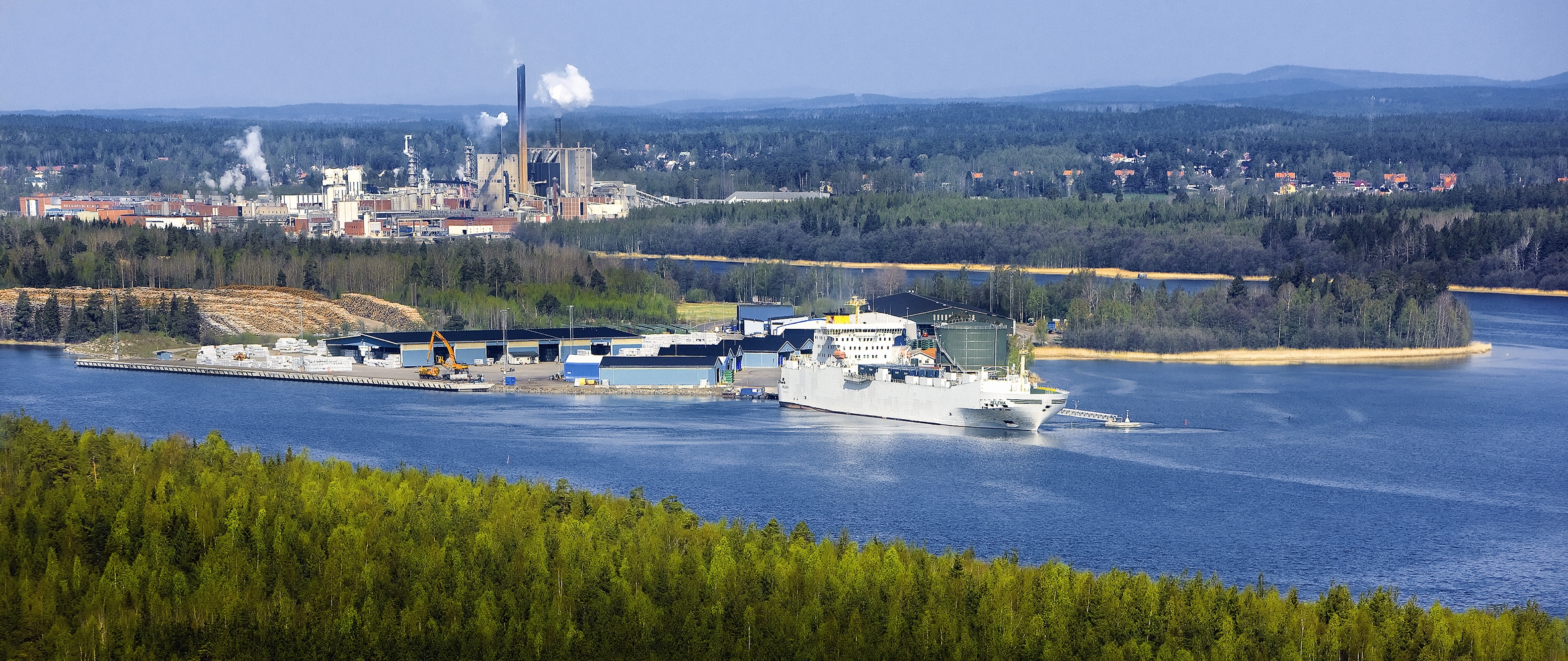Iggesund Mill to Become Fossil Fuel Free with New Recovery Boiler
 Print this article | Send to Colleague Print this article | Send to Colleague
The board of management of the Holmen Group, Sweden, has given the go-ahead for a EUR 238 million investment for a new recovery boiler at its Iggesund Mill in Sweden, which will considerably strengthen its flagship product Invercote. In addition to the recovery boiler, the investment package also includes a new turbine plus equipment for capturing and incinerating weak, sulfur-containing gases, which will further reduce the mill's airborne emissions.
"This investment is important both strategically and structurally. It will give us greater energy efficiency, enable us to be self-sufficient in electricity, and give us a production process that is completely free from any fossil fuel use," mill manager Staffan Jonsson said.
For Iggesund Mill, the new investment is a key step towards realizing its long-term development plan. Fundamental to this plan is to have a production process that uses renewable raw materials and a product, in Iggesund's case Invercote paperboard, that can be recycled both as a material and as energy. The plan also states that emissions to air and water should be global leaders in terms of purity, and that the mill should be self-sufficient in electricity and operate 100% on biofuel.
"We're very close to our goal now," Jonsson says. "With a new recovery boiler and the other new measures, we're also improving our overall environmental performance and further reducing our impact on the local environment. With the new recovery boiler, we are leaping forward in terms of technology, and the result will definitely be clear improvements to our work environment."
The investment in a new recovery boiler will not lead to any increase in paperboard production, but the mill's pulp production capacity will gradually increase from today's 355,000 metric tpy to 420,000 metric tpy. Building the recovery boiler is estimated to take two years. The work will employ about 100 people for the first six months and then between 700 and 1,000 construction workers and specialists for another 18 months.

|
|

